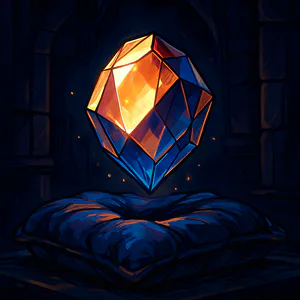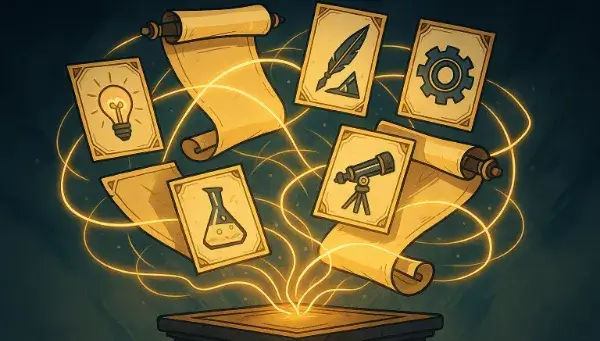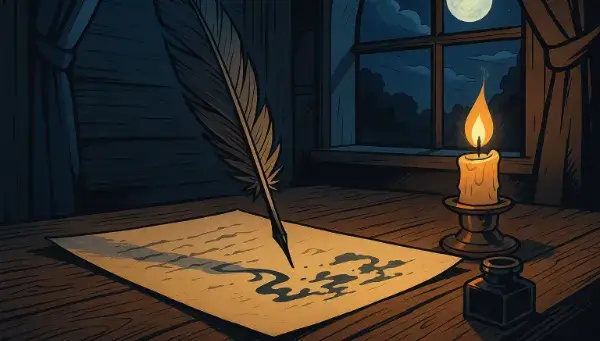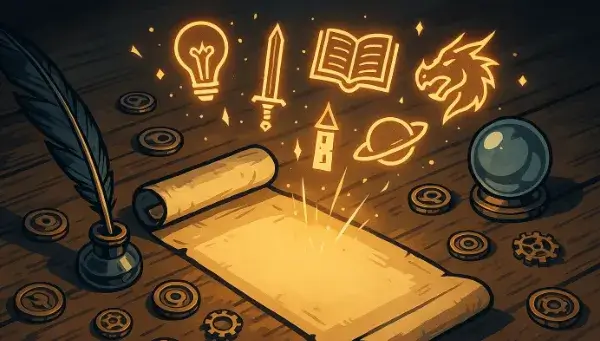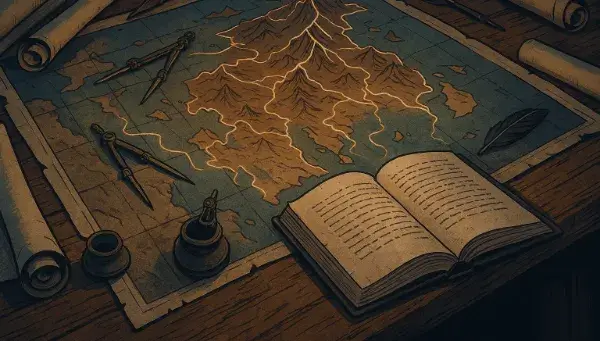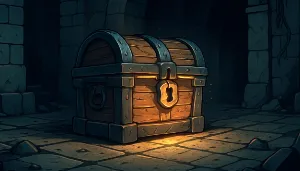Generate gem names
More Various Name Generators- <% result.name %>
Discover all Story Shack apps
Discover the Perfect Gem Name
Naming a gem can be as intricate as the gem itself. Use these thought-provoking questions to inspire unique and captivating names that reflect the essence of your creation.
- What colors and patterns define your gem's appearance?
- What mythical or historical significance does your gem hold?
- How does the gem's origin story influence its name?
- What emotions or qualities do you want the name to evoke?
- Are there any cultural references or languages that inspire your gem's identity?
Frequently Asked Questions
Here are some common questions about the Gem Name Generator and how it can help you find the perfect name for your gemstone.
How does the Gem Name Generator work?
It randomly combines various elements related to gemstones, such as color, shape, and lore, to create unique names with each click.
Can I specify the type of gem name I want?
Currently, you can't specify; however, you can keep generating names until you find one that resonates with your gem's character.
Are the names unique?
The names are randomly generated; with unlimited clicks, you'll discover a diverse array of options, though some may share similarities.
How many names can I generate?
You can generate an unlimited number of names; simply click 'Generate' as many times as you like.
How do I save my favorite names?
You can copy a name instantly by clicking on it, or use the heart icon to save it for later reference.
What are good gem names?
There's thousands of random gem names in this generator. Here are some samples to start:
- Ficdocrocite
- Ficdocrocite
- Atadeleyite
- Biospore
- Miaald
- Senlusite
- Emeutite
- Bornioclase
- Smialdaite
- Monaelsbergite
About the creator
All idea generators and writing tools on The Story Shack are carefully crafted by storyteller and developer Martin Hooijmans. During the day I work on tech solutions. In my free hours I love diving into stories, be it reading, writing, gaming, roleplaying, you name it, I probably enjoy it. The Story Shack is my way of giving back to the global storytelling community. It's a huge creative outlet where I love bringing my ideas to life. Thanks for coming by, and if you enjoyed this tool, make sure you check out a few more!

